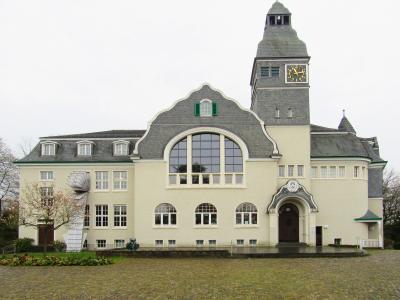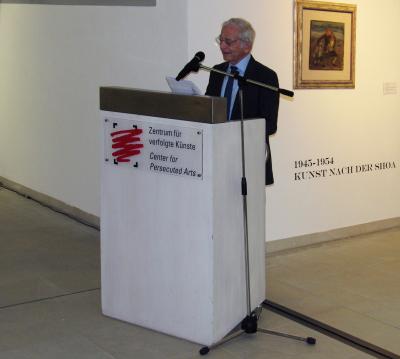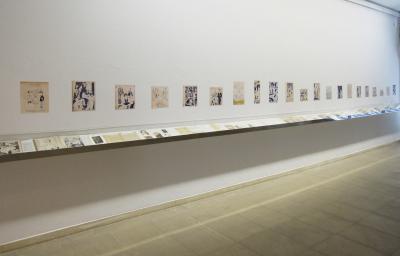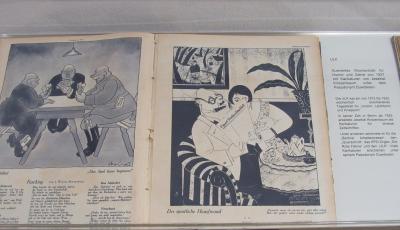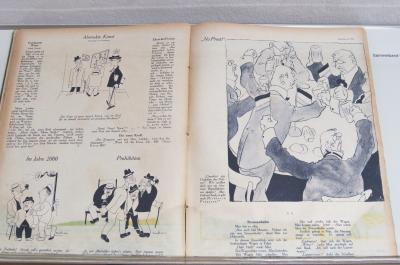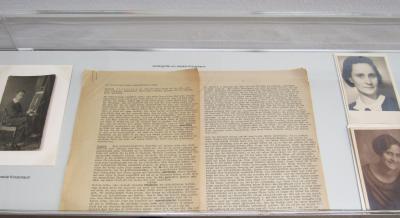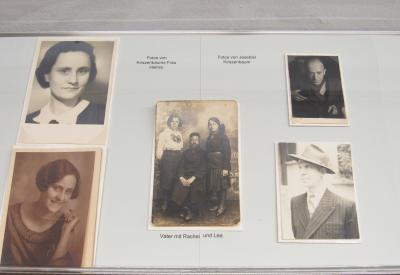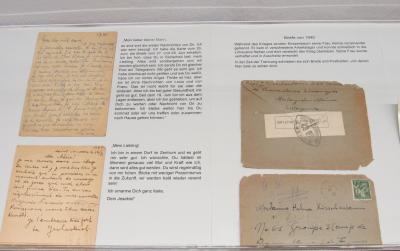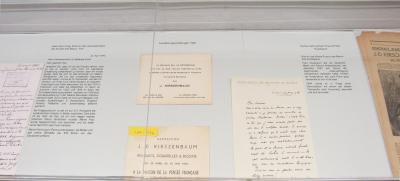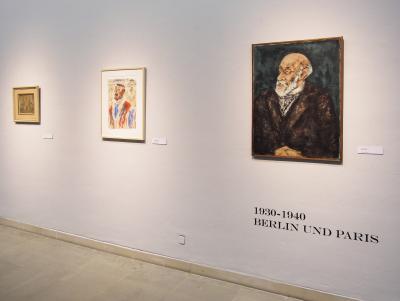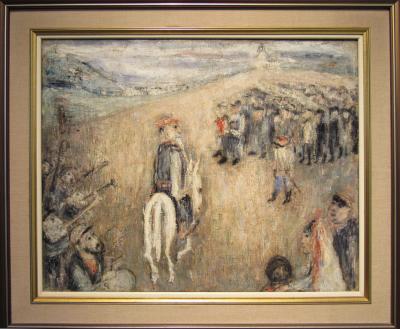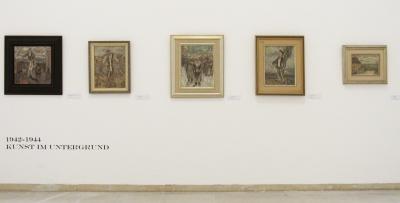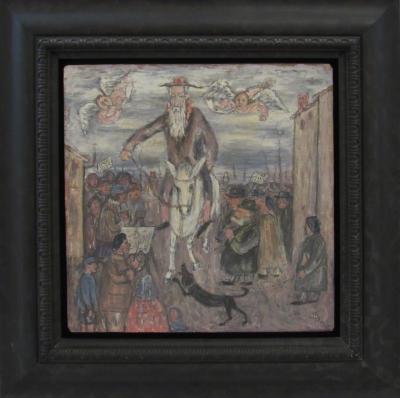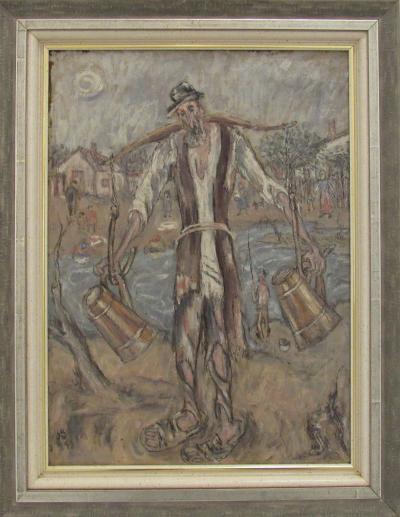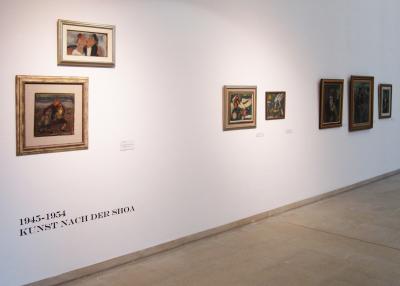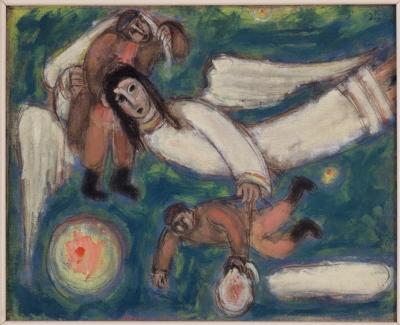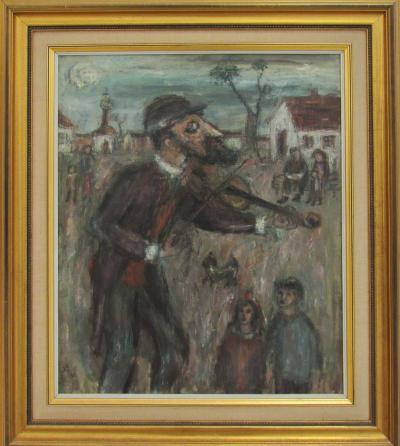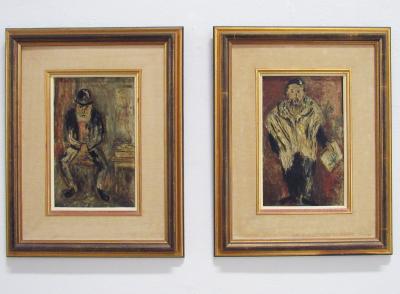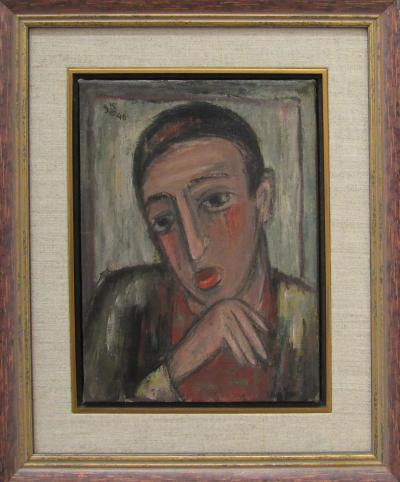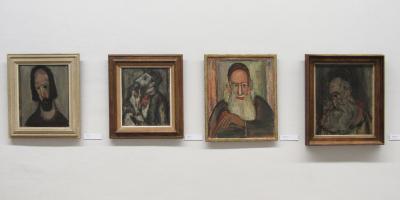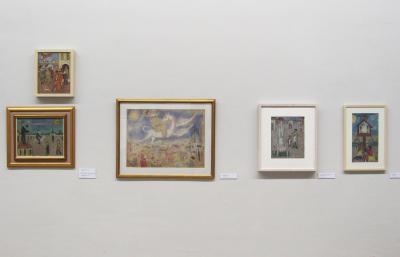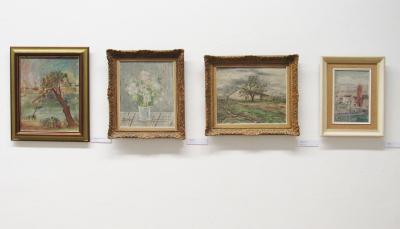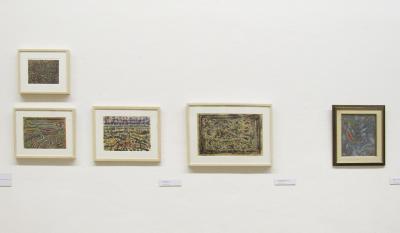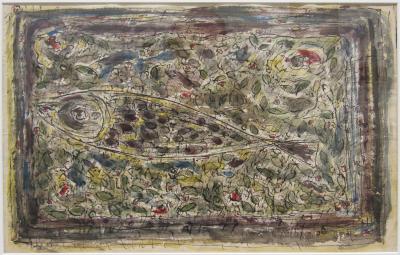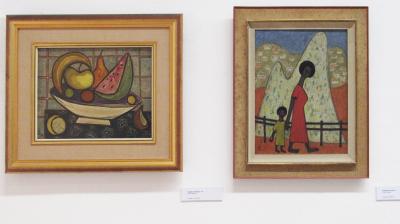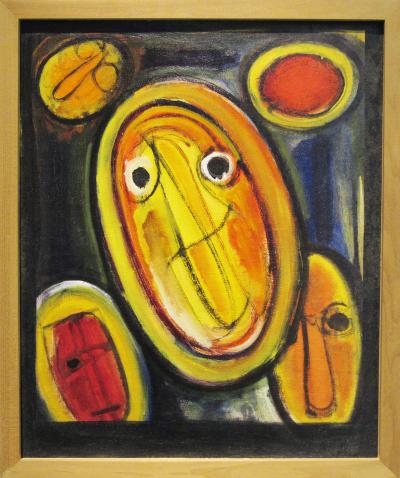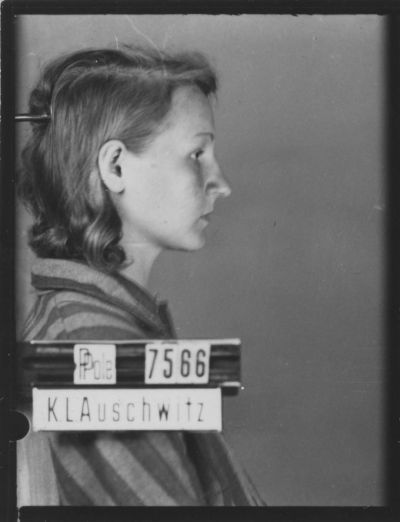Jesekiel Kirszenbaum – Exhibition in Solingen
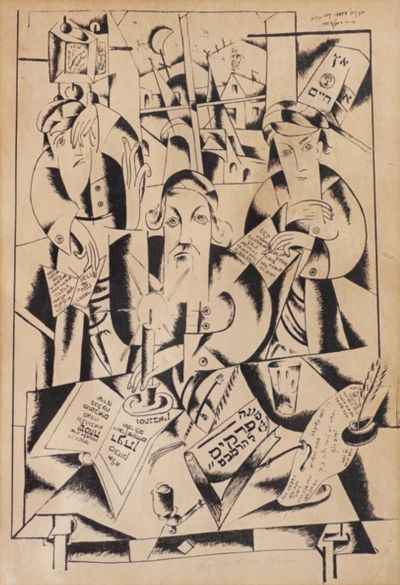
At the opening of the exhibition, it was announced that the initiative for the exhibition came from the bank director Jürgen Vits (Frankfurt am Main), a member of the Friends of the Solingen Zentrum für verfolgte Künste and the association Gegen das Vergessen - Für Demokratie e.V. The latter had discovered a personal connection with Kirszenbaum a few years before. From 1942 to 1944 his great-uncle's family in Belgium had hidden a Jewish child, Amos Diament, from the National Socialists. In 2004, the Israeli memorial Yad Vashem honoured them as "Righteous Among the Nations". Amos and his brother Nathan Diament who was rescued by another Belgian family, emigrated to Israel in 1949 along with their parents who also survived in Belgium. The two brothers are grand-nephews of Jesekiel Kirszenbaum. For about fifteen years they have been committed to preserving his artistic legacy and making it known to the public once again. A meeting with Herr Vits in Israel gave rise to the idea of an exhibition in Germany, which could now be implemented in the Zentrum für verfolgte Künste in Solingen (ill. 1), featuring works from the family's holdings and private collections. The exhibition was curated by Nathan Diament (Tel-Aviv, ill. 2), who for years has been promoting Kirszenbaum's works in the archives of numerous museums and collections. In 2012 he published a book about his great-uncle. He also runs a website and has initiated other exhibitions alongside that presented by Jürgen Kaumkötter M.A., the curator and director of the collections at the Solingen Centre. This exhibition was preceded by one in the Mimara Museum in Zagreb. The opening of the exhibition in Solingen was attended by Nathan and Amos Diament as well as descendants of the Belgian families to whom they owe their survival.
The exhibition began with two ink drawings "Studying Maimonides" (title picture) and "Musicians and their Followers" made in Berlin in 1925, immediately after Kirszenbaum's studies at the Bauhaus. They are executed in a two-dimensional style with overlapping geometric forms and reflect contemporary art movements somewhere between Dada and Cubism. The contrasting black and white structure is reminiscent of woodcuts and linocuts created by numerous artists at the time as illustrations and graphic supplements for magazines like Der Sturm. Perhaps they were even intended as models for such illustrations, for in the same year Kirszenbaum was already working for the Berlin magazine Gebrauchsgraphik and had probably already met the editor of the magazine Der Sturm and director of the Sturm-Galerie, Herwarth Walden, through his friend at the Bauhaus, Paul Citroen (1896-1983), who had close connections to the Dada group. The motifs are everyday scenes from the Stetl, the Jewish settlements in eastern Europe. Kirszenbaum knew them from his childhood and youth in Staszów, a town with around nine thousand inhabitants over half of whom were Jewish. Throughout his life he captured them in pictures from memory. These pictures included people studying old Jewish writings in the Cheder, the religious primary school, and traditional fiddlers, whose music attracted not only the townspeople, but also – think of similar motifs by Chagall – all kinds of animals.
As a caricaturist for the magazine Ulk, an illustrated weekly newspaper for humour and satire published by Rudolf Mosse's Berlin publishing house, Kirszenbaum presented himself as a cosmopolitan portrayer of the metropolitan society of the "Golden Twenties". His caricatures, which were published in Ulk from 1926 to 1929 under the pseudonym "Duwdiwani", the Hebrew word for "Kirschbaum", were represented in the exhibition by reproductions and two original anthologies of the magazine (ill. 3-5). They showed characters from the Weimar period at home at the coffee table with the sporting supplement of the Berliner Tageblatt (ill. 4); as exhibition visitors ("Nature is quite simply kitsch, and any guy who paints it makes me want to vomit!"); as future visionaries "In the Year 2000"; and as alcoholics during the Prohibition years in America" ("Yes, we alcoholics have it hard. Three of us always have to stand as backdrops, while the fourth slurps from the bottle, ill. 5). Artistically they vary from a striking black-and-white style – as cultivated by other artists in Ulk or in the Munich magazines Jugend and Simplicissimus – to biting Dadaist excesses in a linear style, as we know them from George Grosz.
